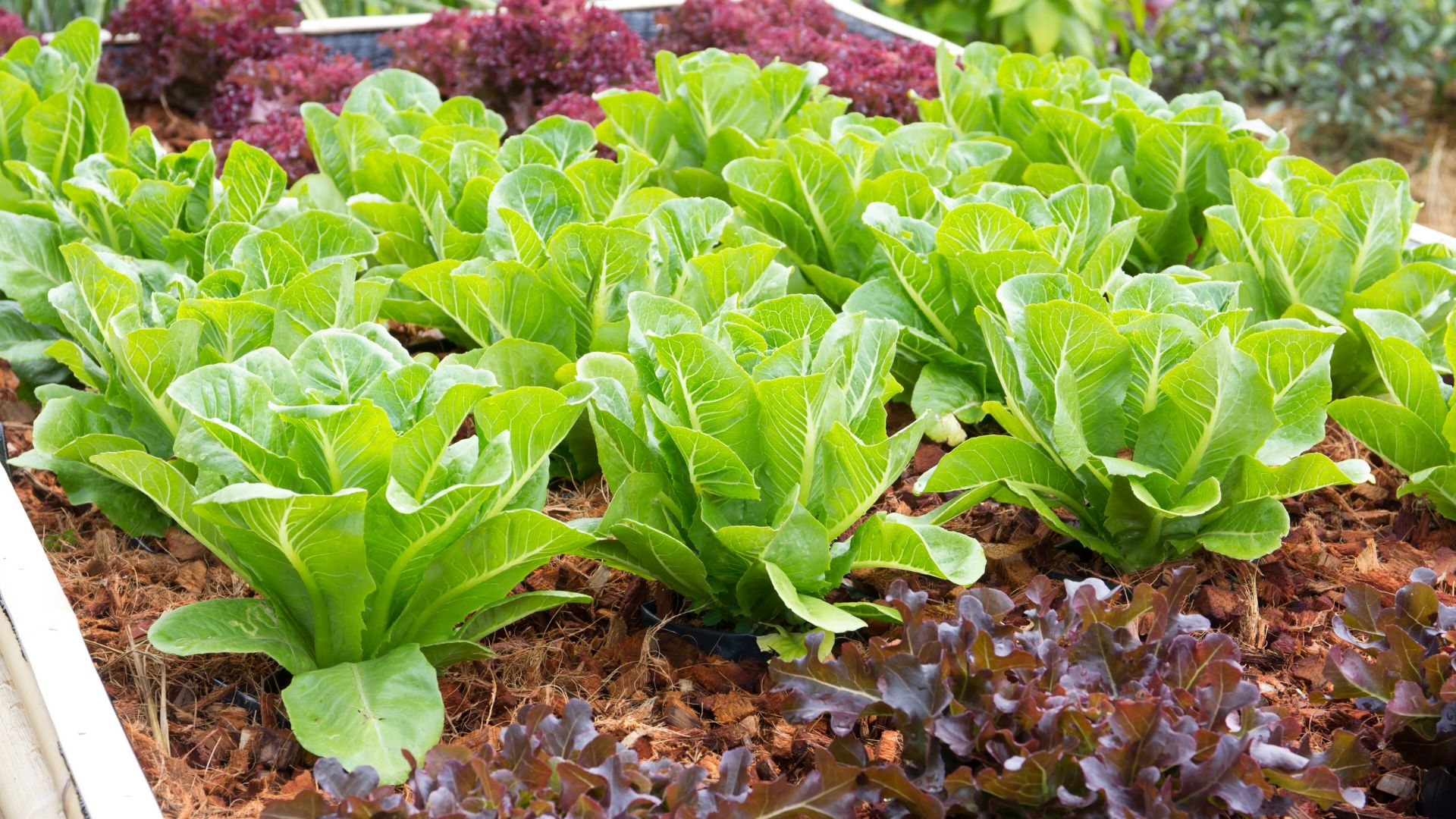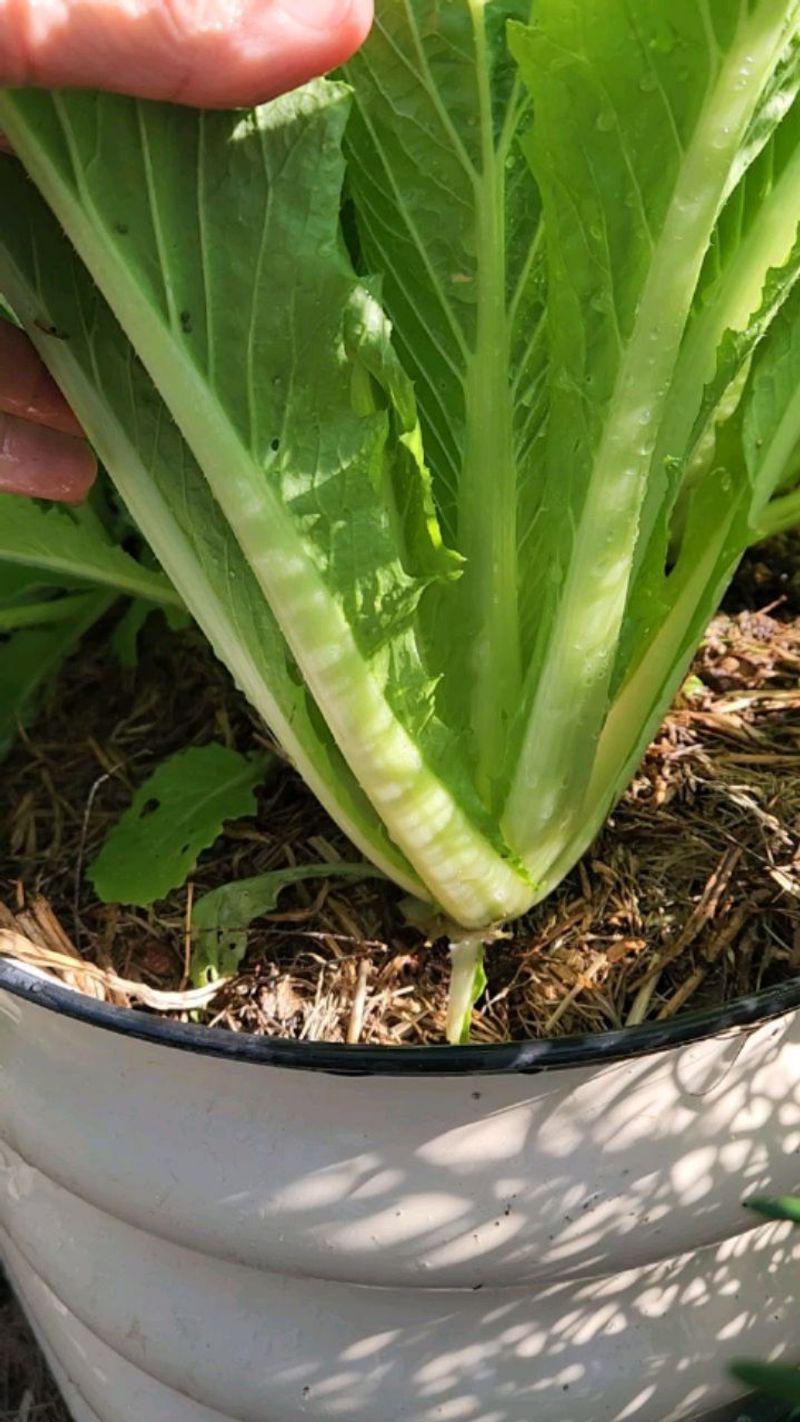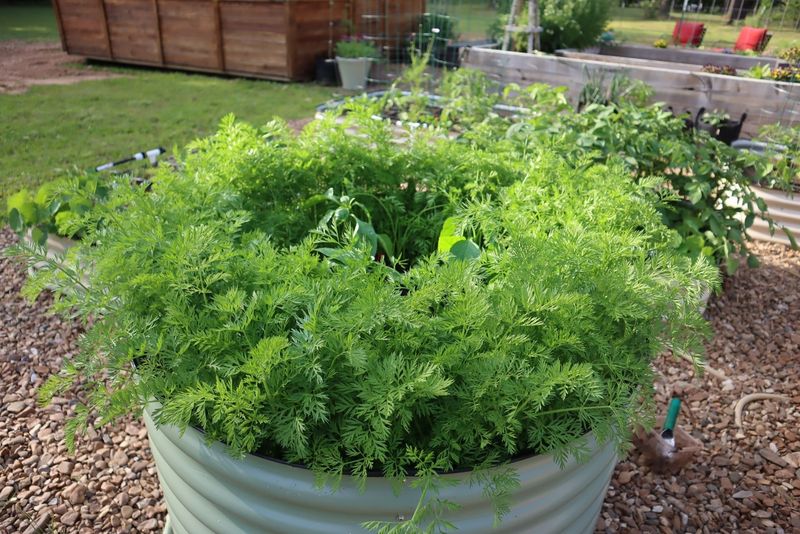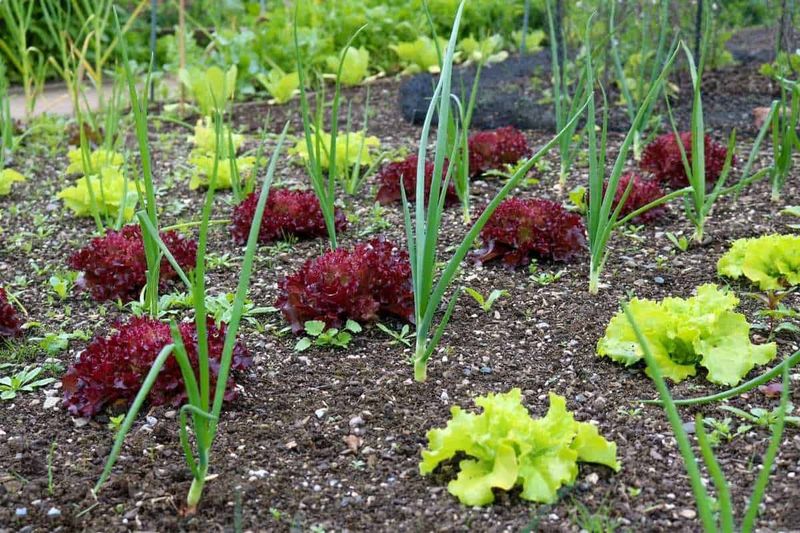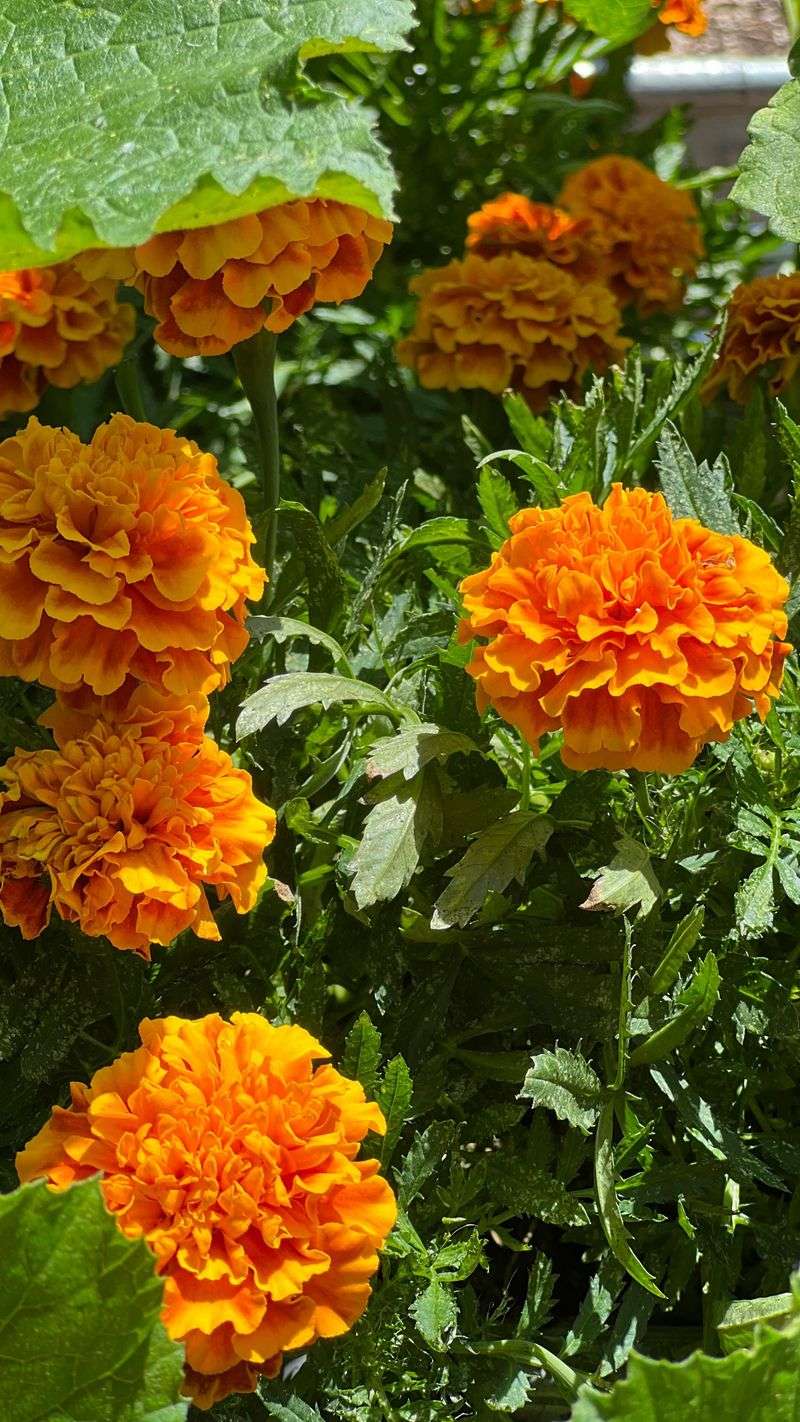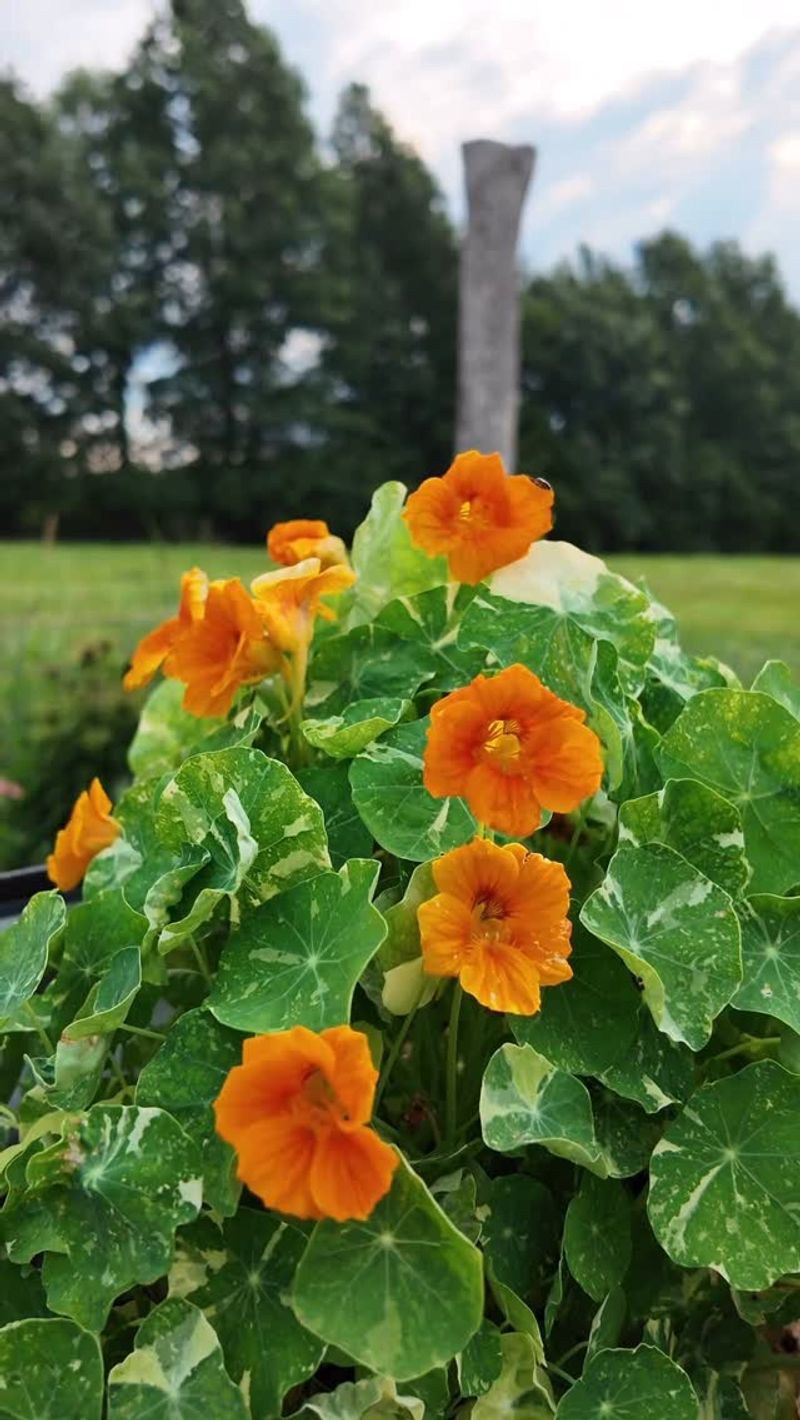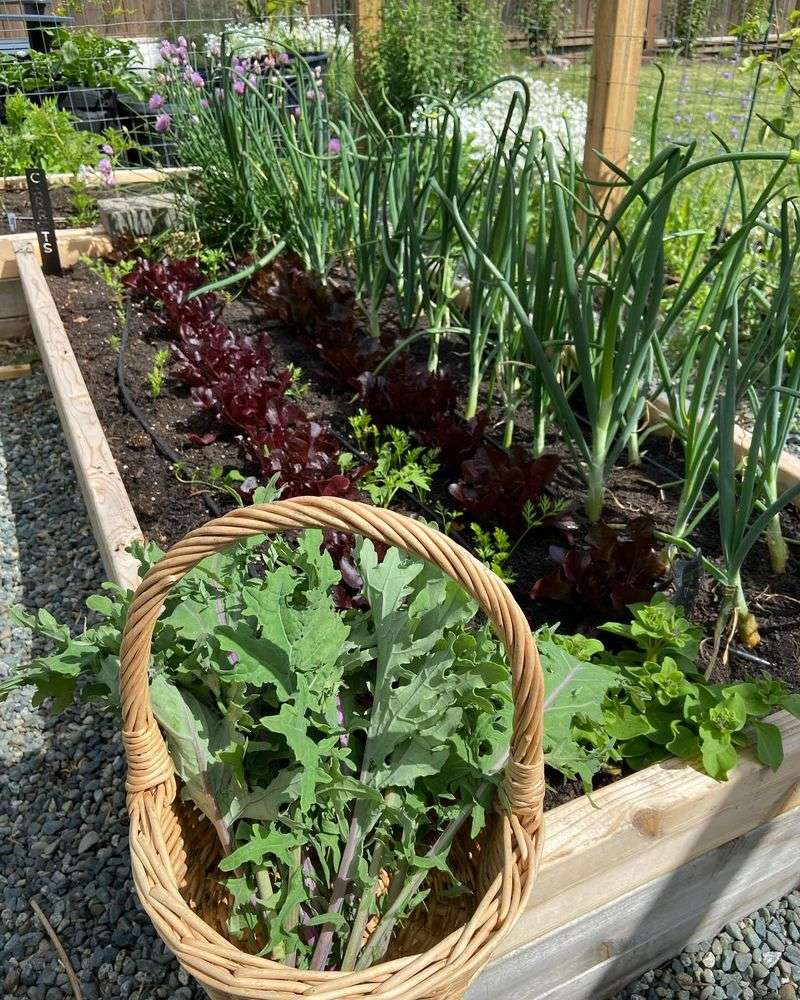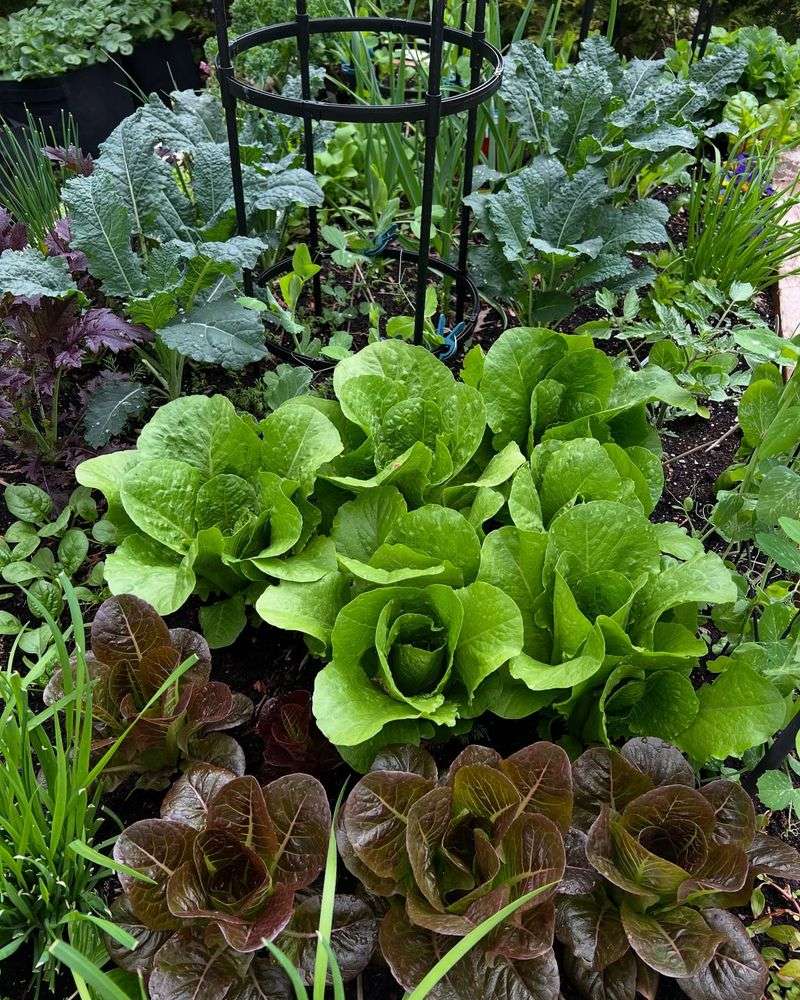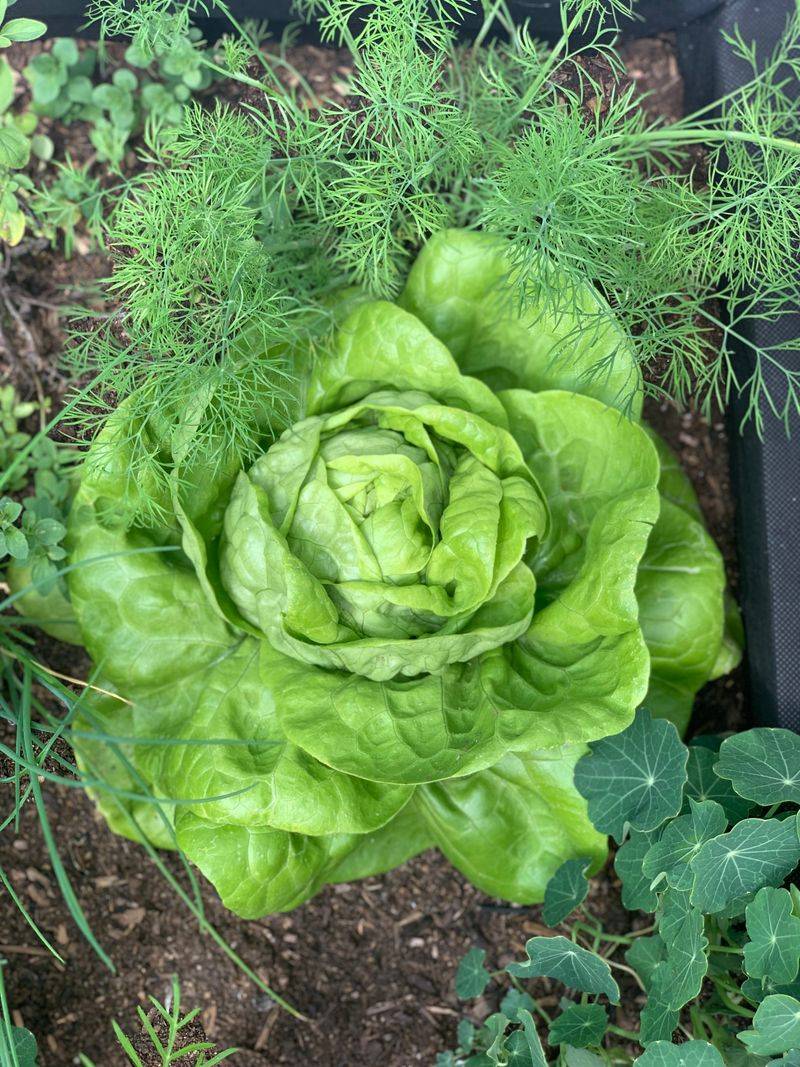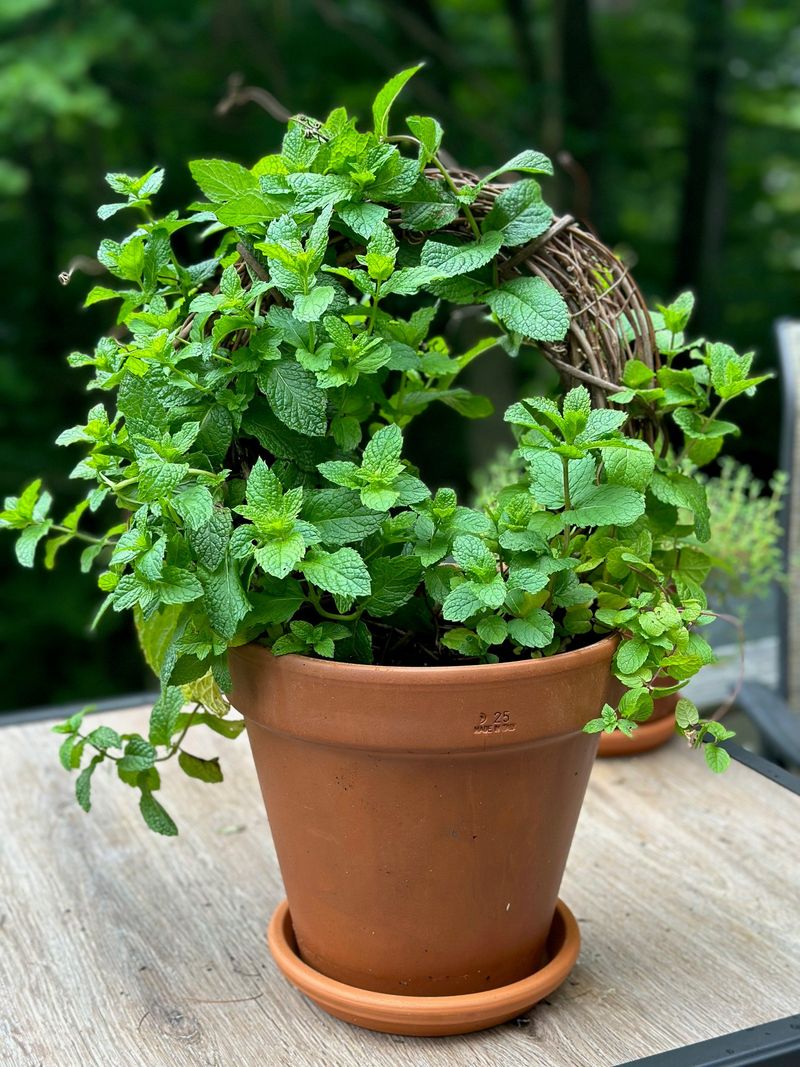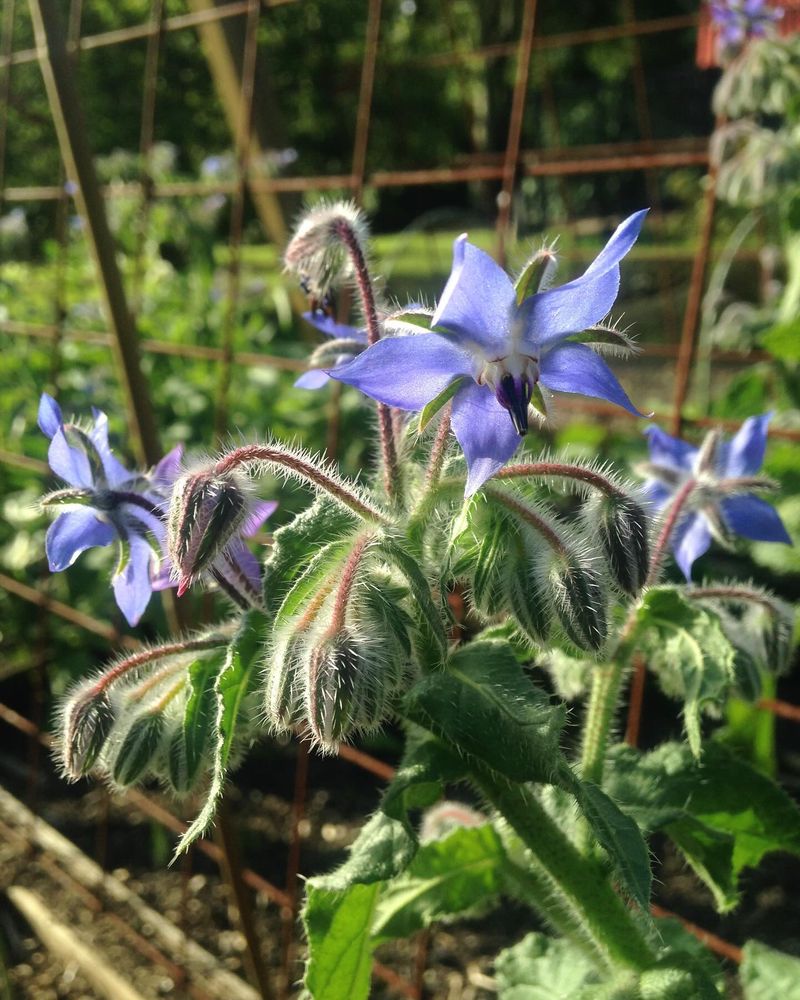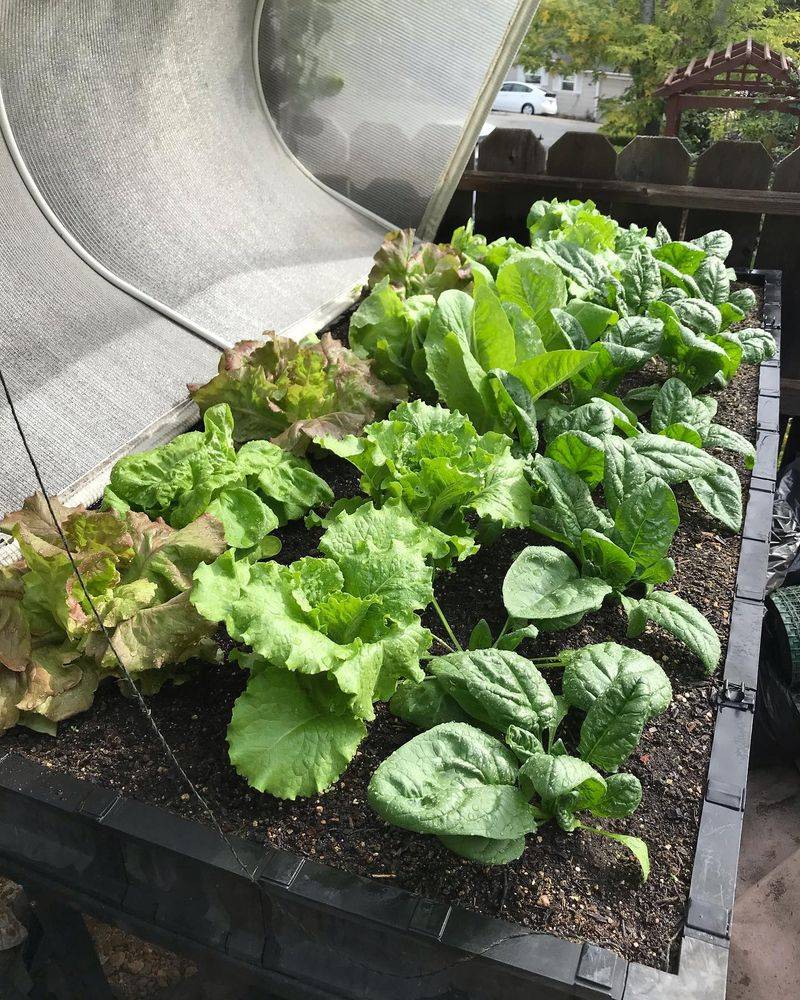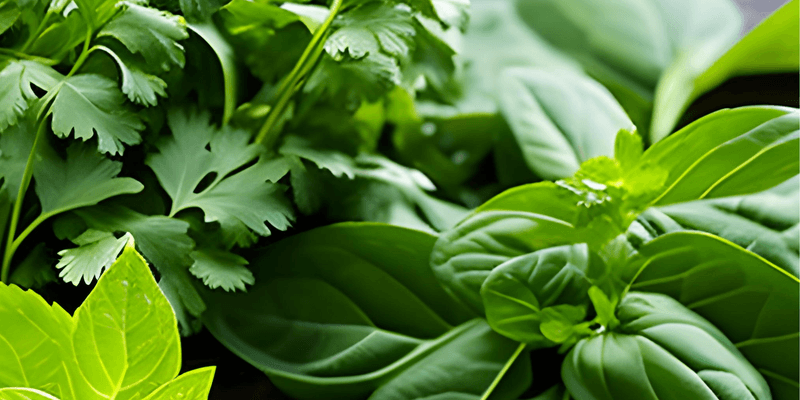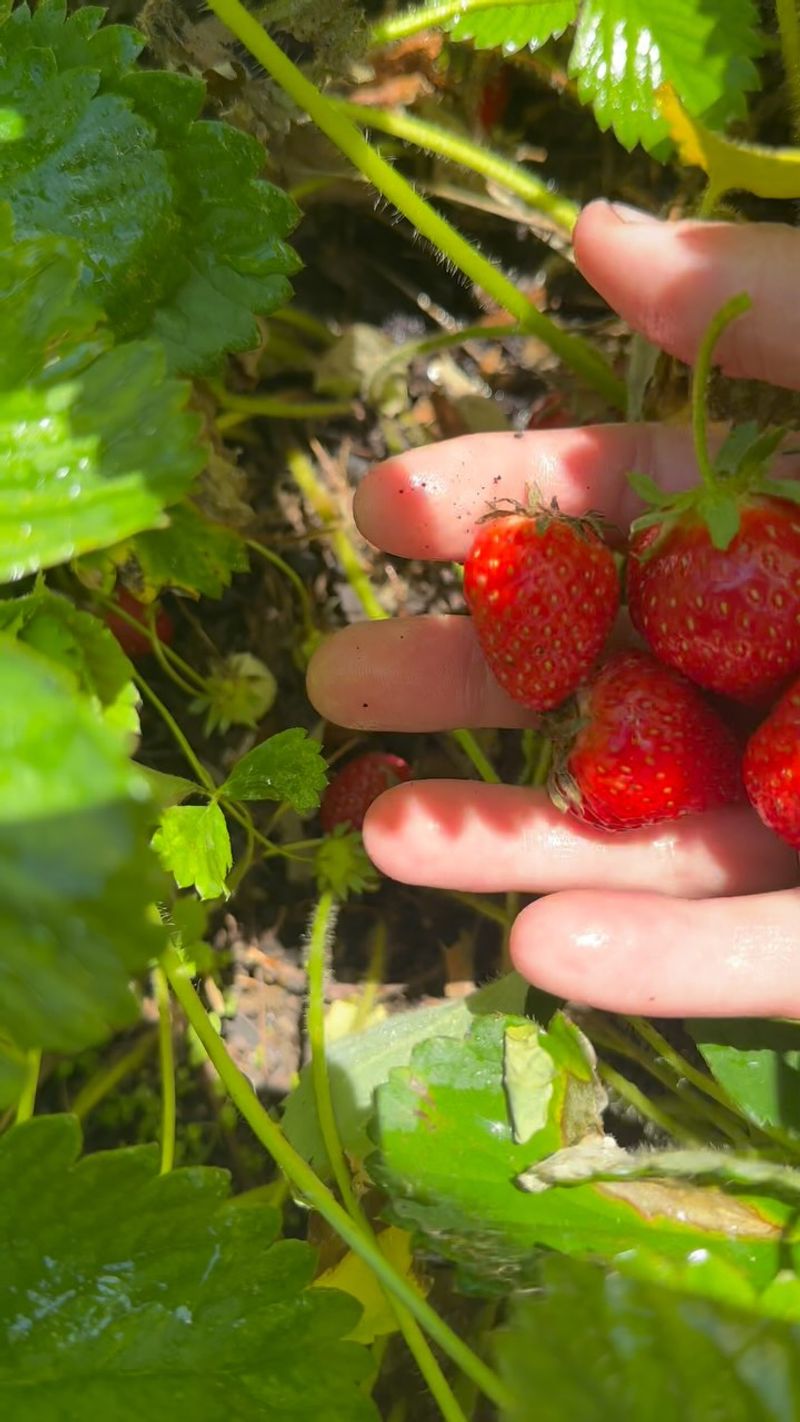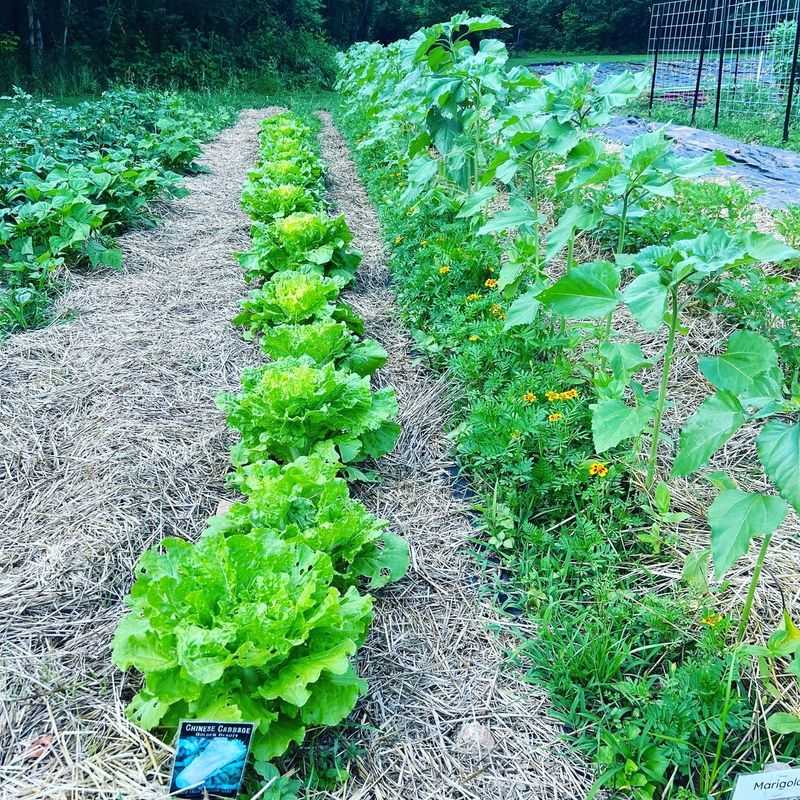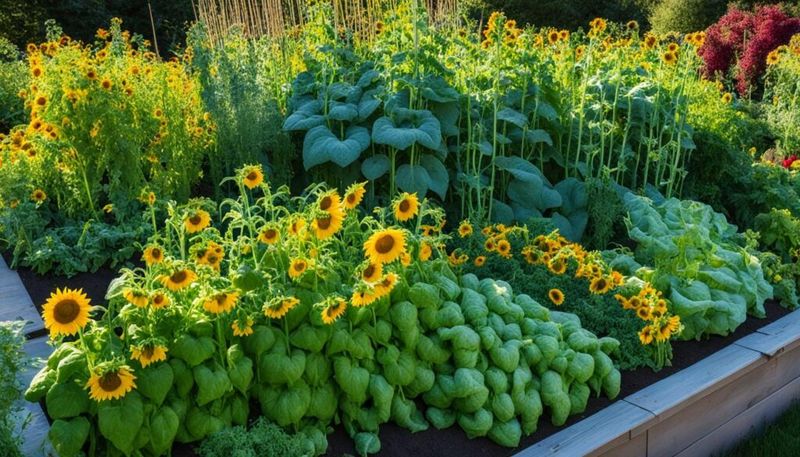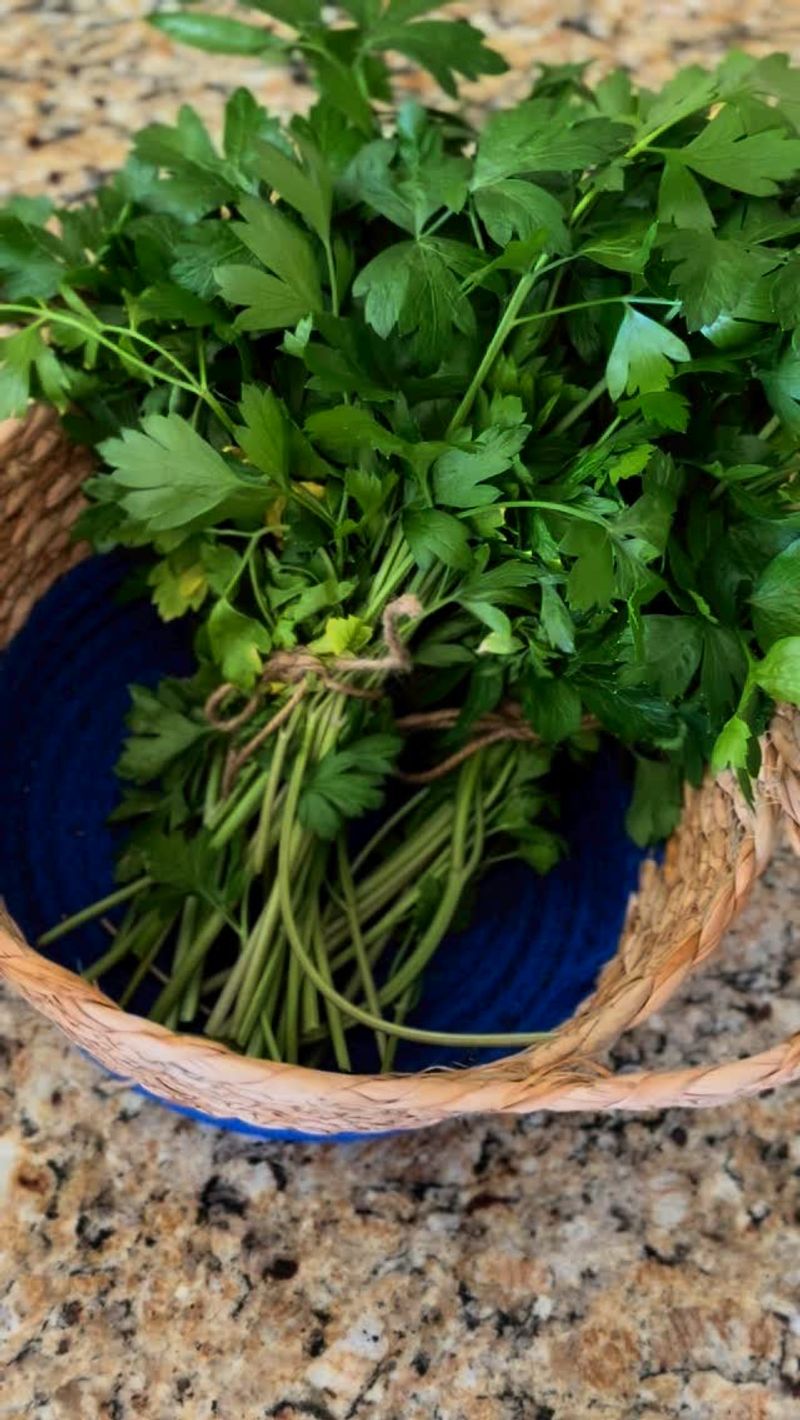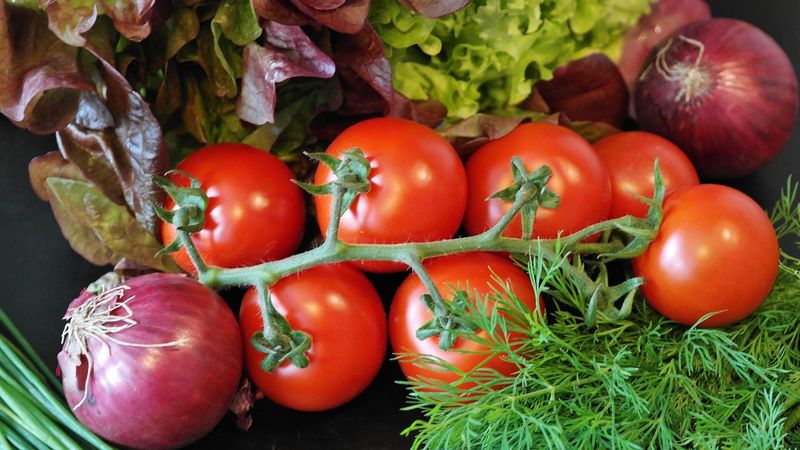Growing lettuce in your garden can be a rewarding experience, but did you know that this leafy green has preferences about which plants it neighbors? Lettuce forms relationships with other plants that can either help it thrive or cause it to struggle.
I’ve found that thoughtful companion planting has solved several issues in my own garden beds. When I started pairing lettuce with compatible friends, I noticed fewer pest problems and even improved flavor in my harvests.
My garden output doubled last season simply by rearranging which plants grow next to each other. The right combinations create a natural ecosystem that requires less work while yielding better results.
1. Radishes – The Quick Neighbor
My garden rows always include these speedy growers alongside lettuce. Radishes mature in just 3-4 weeks, making them perfect temporary companions while your lettuce develops.
The root systems work at different depths, so they don’t compete for nutrients. I’ve noticed radishes also draw away flea beetles that might otherwise bother young lettuce leaves.
When summer heat arrives and lettuce starts to struggle, radishes have usually already been harvested, leaving behind loosened soil that benefits nearby plants.
2. Carrots – Underground Allies
Growing carrots near lettuce creates a smart pairing that maximizes garden space. The carrot tops remain relatively small while their roots grow deep, allowing lettuce to spread above without competition.
I’ve found this combination particularly helpful in small gardens where every inch counts. Carrots take longer to mature than lettuce, so you’ll harvest your greens while the carrots continue developing below.
An added benefit comes from the carrot’s scent, which seems to confuse some common lettuce pests and reduces damage to both crops.
3. Onions – Pest Protection Partners
Placing onions between lettuce plants has dramatically reduced aphid problems in my garden. The strong smell confuses these tiny pests and keeps them from finding their favorite lettuce buffet.
Green onions work especially well since they take up minimal space and can be harvested young. Their shallow root systems don’t interfere with lettuce growth.
For maximum benefit, I plant a few onions around the perimeter of my lettuce patch. This creates a protective barrier that many insects won’t cross, without shading the sun-loving lettuce.
4. Marigolds – Colorful Guardians
Scattered throughout my lettuce beds, these bright flowers serve as more than just decoration. Marigolds release compounds into the soil that deter nematodes and other harmful organisms that can damage lettuce roots.
The French variety works best, with compact growth that doesn’t overshadow lettuce plants. Their strong scent masks the smell of your lettuce, making it harder for certain pests to locate their target.
I’ve found that planting a marigold every few feet creates enough protection without taking up too much valuable garden space.
5. Nasturtiums – Trap Crop Champions
My favorite strategy involves planting these edible flowers near lettuce beds. Aphids prefer nasturtiums over lettuce, drawing them away from your precious greens.
Beyond pest management, nasturtiums add visual appeal with their round leaves and bright blooms. The flowers and leaves have a peppery taste that works well in salads alongside your lettuce harvest.
Plant them around the edges of your lettuce patch rather than directly among the plants, as nasturtiums can spread and potentially overshadow smaller lettuce varieties.
6. Garlic – Fungal Fighter
Tucking garlic cloves between lettuce plants has saved my crops during damp seasons. The natural sulfur compounds in garlic help prevent fungal diseases that often plague lettuce in humid conditions.
Fall-planted garlic works perfectly with spring lettuce, as the timing allows both to thrive without competition. By the time your garlic needs more space, the lettuce will likely be harvested.
Just a few plants scattered throughout your lettuce bed provide protection. The vertical growth of garlic takes up minimal horizontal space while creating beneficial microclimates.
7. Chives – Beneficial Boundary
Lining the edges of my lettuce patch with chives has made a noticeable difference in pest control. Their mild onion scent deters aphids while attracting beneficial insects like pollinators.
Unlike larger onion family members, chives stay compact and won’t crowd out your lettuce plants. The pretty purple flowers that appear in late spring add visual interest to the garden while supporting helpful insects.
Once established, chives return year after year, creating a permanent protective border for whatever crops you rotate through that bed.
8. Dill – Beneficial Insect Attractor
Adding dill near lettuce brings in helpful predatory insects that feast on aphids and other lettuce pests. Its delicate foliage and yellow flower umbels attract beneficial wasps, ladybugs, and hoverflies.
Keep dill at the north side of your lettuce bed to prevent shading, as it grows taller than most lettuce varieties. Allow some plants to flower for maximum insect attraction, while harvesting others for your kitchen.
Self-seeding happens readily with dill, so you might find volunteer plants appearing each year to continue the beneficial relationship.
9. Mint – Cooling Companion
Planting mint near lettuce creates a microclimate that helps lettuce thrive longer into warm weather. The aromatic leaves reflect sunlight and cool the surrounding air slightly.
Contain this vigorous grower in pots sunk into the ground near your lettuce bed. This prevents the mint from taking over while still providing benefits.
Morning shade cast by taller mint plants can extend your lettuce harvest by a week or two in early summer. As an added bonus, the strong scent confuses many pests that might otherwise target your lettuce crop.
10. Borage – Pollinator Magnet
My garden buzzes with activity when borage grows near lettuce beds. The striking blue star-shaped flowers bring in bees and other pollinators that improve the overall health of your garden ecosystem.
Beyond attracting beneficial insects, borage adds trace minerals to the soil as its leaves decompose. The plants have deep taproots that bring up nutrients from lower soil layers.
Plant borage at the corners of your lettuce bed rather than directly among the plants, as it can grow quite large and potentially shade smaller lettuce varieties.
11. Beans – Nitrogen Providers
Pairing pole beans with lettuce creates a mutually beneficial relationship in my garden. Bean plants fix nitrogen from the air into the soil, providing this essential nutrient to nearby lettuce plants.
Set up trellises on the north side of your lettuce bed so the beans climb upward without shading your sun-loving greens. As lettuce has shallow roots, it won’t compete with the deeper bean root systems.
For continuous benefits, plant bush beans after harvesting spring lettuce in the same spot. The soil will be enriched for your fall lettuce crop.
12. Spinach – Perfect Timing Partner
Interplanting spinach with lettuce maximizes garden space through complementary harvest times. Both enjoy similar growing conditions but spinach often matures slightly earlier.
Harvesting spinach first creates additional space for lettuce to expand as it reaches full size. The similar water and fertilizer needs make care simple when these leafy greens share space.
For continuous harvests, I sow spinach seeds between lettuce plants halfway through the growing season. As older lettuce plants finish, young spinach is ready to take their place without leaving bare spots in the garden.
13. Cilantro – Beneficial Border
Surrounding lettuce with cilantro has reduced pest problems significantly in my garden. The strong aroma masks the scent of lettuce, confusing insects that might otherwise home in on your crop.
When cilantro flowers, it attracts beneficial insects like hoverflies and parasitic wasps that prey on common lettuce pests. Let a few plants bolt while harvesting others to maintain this protection.
Both plants appreciate similar soil conditions and watering schedules, making them convenient garden companions. As a bonus, you’ll have two essential salad ingredients ready to harvest at the same time.
14. Strawberries – Groundcover Friends
Last spring, I discovered that strawberry plants make excellent companions for taller lettuce varieties. Their low-growing habit creates living mulch that suppresses weeds and retains soil moisture around lettuce roots.
The shallow root systems of both plants occupy different soil layers, minimizing competition. Lettuce provides light shade for strawberries in summer heat, extending the berry season slightly.
For best results, plant day-neutral strawberry varieties that produce throughout the season rather than June-bearing types that create a single large harvest.
15. Fennel – Lettuce’s Enemy
Keeping fennel far away from lettuce beds has dramatically improved my harvests. This aromatic herb releases compounds into the soil that inhibit the growth of many plants, including lettuce.
The allelopathic effects can stunt lettuce development and cause bitter flavors to develop in the leaves. Even nearby fennel can cause problems through root interactions underground.
If you want to grow both crops, maintain at least 3-4 feet of separation, or better yet, place them in completely different garden areas. Container growing for one or both plants also prevents negative interactions.
16. Cabbage Family – Competing Cousins
Moving cabbage, broccoli, and cauliflower away from my lettuce beds solved many growing problems. These heavy feeders compete directly with lettuce for the same nutrients, often leaving lettuce stunted and underdeveloped.
Many cabbage family crops also attract similar pests, creating a concentration of problems when planted together. Flea beetles and cabbage worms can quickly jump from brassicas to nearby lettuce.
Rotate these crops to follow lettuce rather than growing alongside it. The deeper roots of cabbage family plants can access nutrients that lettuce leaves behind in the soil.
17. Sunflowers – Shade Creators
Moving sunflowers to a different area than lettuce improved my summer harvests significantly. These tall plants cast excessive shade that prevents lettuce from receiving the 4-6 hours of sunlight it needs daily.
Sunflower roots also release allelopathic compounds that can inhibit lettuce germination and growth. Even after sunflowers are removed, these substances remain in the soil for weeks.
If you want both in your garden, plant sunflowers on the north side of your property and lettuce to the south. This arrangement prevents the shade problem while maintaining adequate separation of root zones.
18. Parsley – Lettuce Competitor
Separating parsley from my lettuce beds resolved growth issues I’d been experiencing. Despite seeming compatible at first glance, parsley’s deep taproot competes with lettuce for water during crucial development stages.
Both plants also attract similar pests like aphids, creating a potential hotspot for infestation when grown together. The leaf structures provide similar hiding places, allowing pests to multiply rapidly.
Plant parsley in a herb garden section separate from your lettuce beds. This separation allows both crops to thrive without competing, while making pest management more straightforward.
19. Tomatoes – Space Invaders
Relocating my tomato plants away from lettuce beds solved multiple growing issues. Tomatoes grow into large, sprawling plants that physically crowd out smaller lettuce plants and block essential sunlight.
The heavy nutrient requirements of tomatoes leave little for neighboring lettuce, resulting in poor development and bitter taste. Tomatoes also prefer less frequent, deeper watering compared to lettuce’s need for consistent moisture.
If garden space is limited, consider growing lettuce in the spring, then planting tomatoes in the same location after the lettuce is harvested. This succession planting maximizes your garden’s productivity.

